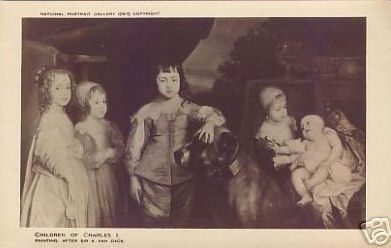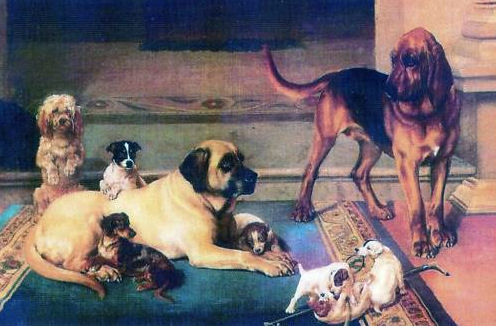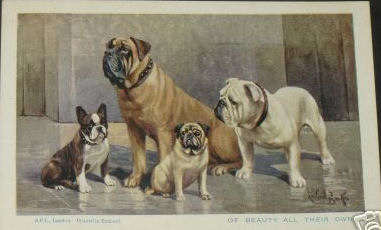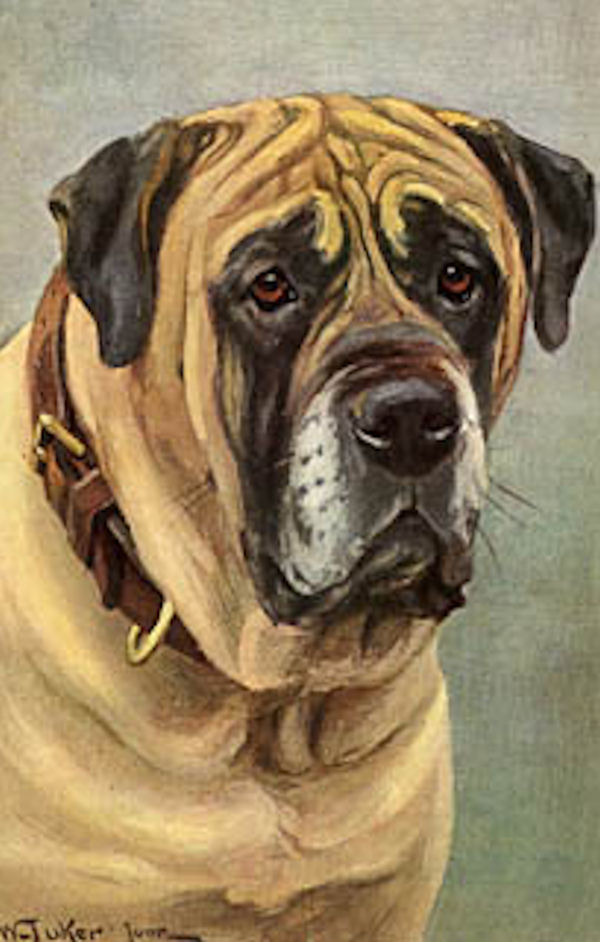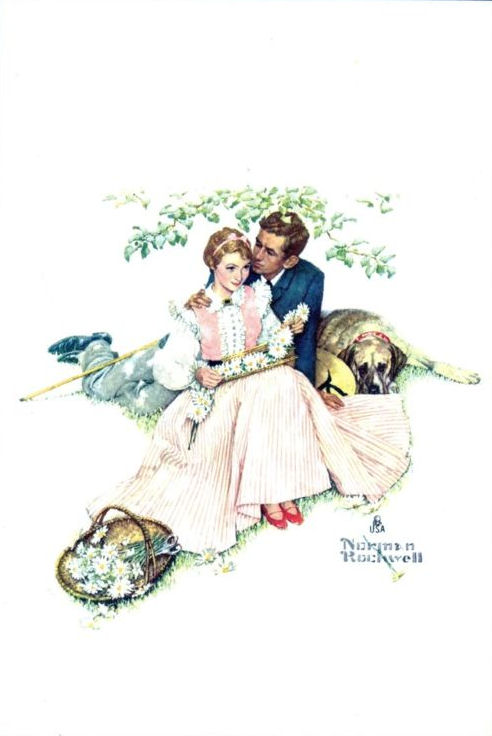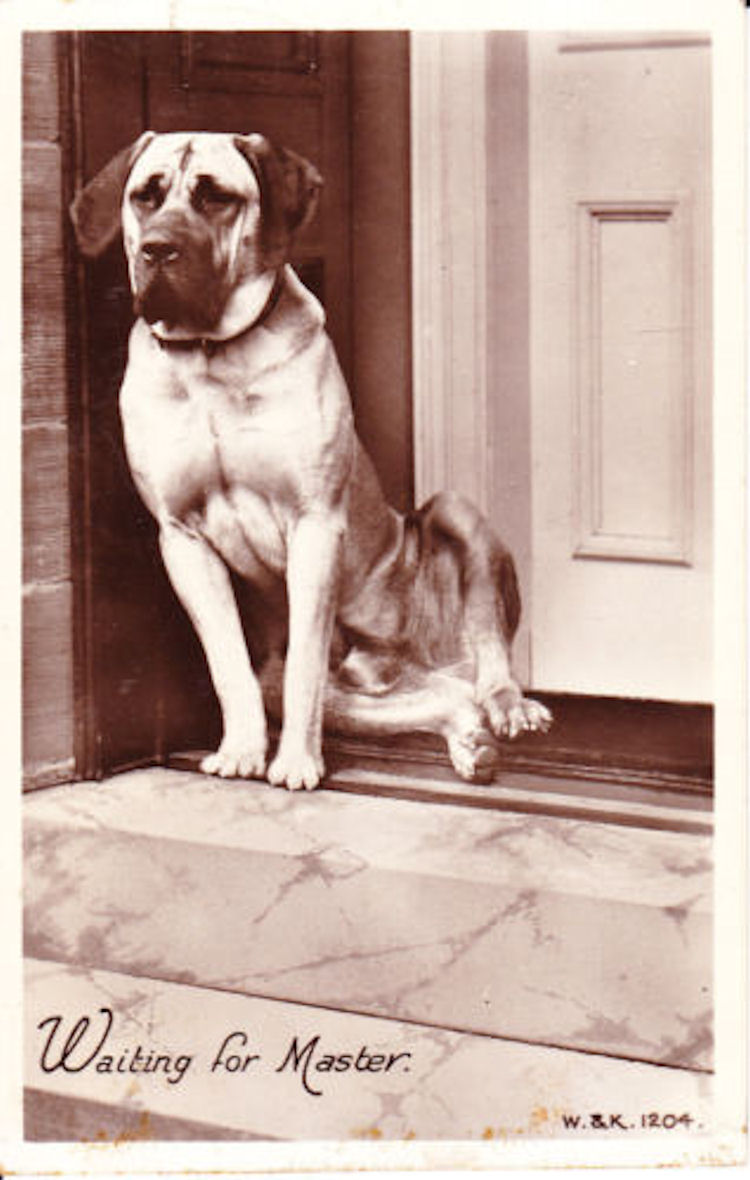|
|
|
|
Mastiffs Great Danes |
Mastiff History As far back as 2500 BC, there is shown to be evidence of giant dogs, on bas-reliefs from a Babylonian palace, shown on the hunt for lions near the Tigris River. They are taller and leaner than today’s Mastiffs, but show many similarities to our current Mastiffs even after the passing of 4500 years. It is believed that Phoenician traders brought the Mastiff to ancient Britain where the breed fought along British soldiers in 55 BC. At the time of the Roman invasion, the size and courage of these dogs prompted that they be brought back to Rome to fight in the arena. Caesar put the dogs on display as arena gladiators to fight human gladiators, bulls, lions, and bears. History tells us that Kubla Khan kept 5000 Mastiffs, which he used for hunting and war. While crossing the Alps, the famous Roman leader, Hannibal, took along several battalions of Mastiffs, trained for war. Britain is the country that kept the Mastiff in its purest form. Mastiffs were used to guard castles and estates. Henry VIII presented Charles V of Spain a present of 400 Mastiffs to be trained for battle.
While Elizabeth I was reigning, Mastiffs were used as a form of cruel entertainment in bull and bear baiting. By 1800, the breed was nearly extinct. Luckily, some nobles continued to breed them. According to records of the Pilgrims, two dogs, a Mastiff and a spaniel, came to America with the Plymouth colonists when they journeyed to the new world. Later more were imported. The 1870’s and 1880’s were good years for the Mastiff breed, but by the end of the century, their numbers were declining again. Mastiffs started to be imported into the United States.
During the World Wars, Mastiffs were used for pulling munitions carts on the fronts. After World War I, in England, it was considered unpatriotic to own dogs, which could eat as much as a soldier in a day. This resulted in entire kennels being put down.
Like most breeds following World War II, Mastiffs were almost extinct in England. American enthusiasts sustained the Mastiff breed and did a lot to increase their numbers. The breed was imported from America and Canada to once again become established in England.
The United States perhaps has the greatest number of mastiffs today. They have been bred for gentleness and are excellent companions. Their sheer size will deter intruders but they are gentle enough to trust with children. The Mastiff is a breed of many talents – including guarding, search & rescue, watchdog, weight pulling, and military and police work.
|

